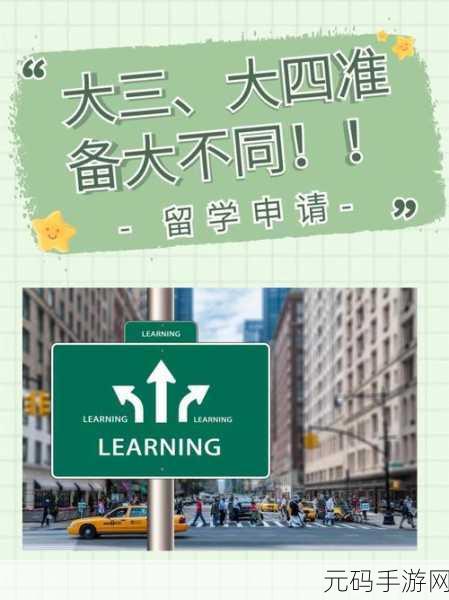日本大学生的学习模式探讨
近年来,日本的高等教育体系经历了一系列变化,尤其是在教学方式和学生课程安排上。许多高校开始尝试新的班级组合形式,以提升教育质量并增强学生活动。这促使人们关注一个热门话题:大一、大二和大三是否可以在同一课堂中一起学习。
传统与现代的碰撞
传统上,不同年级的学生通常会分开授课,这样能够针对各个年级所需掌握的基础知识进行有针对性的教学。然而,随着社会对综合素质型人才需求的增加,高校也逐渐意识到跨年级混合授课可能带来的优势。在这样的环境下,大一年级的新生得以从更高年级同学身上获取经验,而较高年级学生则能通过教授低年级同学来巩固自己的知识。

优点分析
1. 资源共享:
不同年纪段之间互相交流,有助于形成良好的学习氛围。老生在分享自己经验时,可以帮助新生避免一些常见错误,同时激发他们对专业内容更深层次理解。而年轻学生的问题往往能够启发老生重新审视已有知识,从而推动整体学习效果。

2. 增强社交能力:
Cross-year group interactions can help students build a broader social network, which is essential for their future careers. With members from different years collaborating on projects or study groups, they refine teamwork skills and learn to appreciate diverse perspectives.
A/B测试方法探索实效性
The introduction of mixed classes has prompted various universities to implement A/B testing methods—some courses follow traditional separation while others adopt the integrated model. This experimentation allows educators to gather data about student engagement levels, academic performance, and overall satisfaction across different teaching methodologies.
面临挑战及解决方案
This innovative approach并非没有难度,教师需要适应不同水平、各种背景及兴趣差异的大量学生。有些教材或教案设计,需要大量调整才能兼顾所有人的需求。同时,也不能忽视时间管理问题,因为处理更多复杂的人际关系将导致负担加重。不过,通过灵活的小组活动、有目的地设置辅导环节,可以有效缓解这些困扰,使每位参与者都能受益匪浅。
Nexus Between Learning Styles and Collaboration Skills
The shift towards collaborative learning not only enhances knowledge acquisition but also cultivates vital soft skills like communication and problem-solving abilities among students. In an increasingly interconnected world, these attributes are highly regarded by employers post-graduation.
Pursuing interdisciplinary approaches:A more holistic education that encourages cross-disciplinary collaborations may emerge in this context as well; mixing art with science or technical training with management could spark creativity leading toward innovations beneficial both academically and industrially.
Navigating Future Trends:If successful evaluations indicate positive outcomes regarding retention rates alongside better performance metrics amongst participants engaged within such frameworks then wider adaptations might become feasible throughout Japan’s higher educational institutions moving forward into implications beyond mere pedagogy alone!



